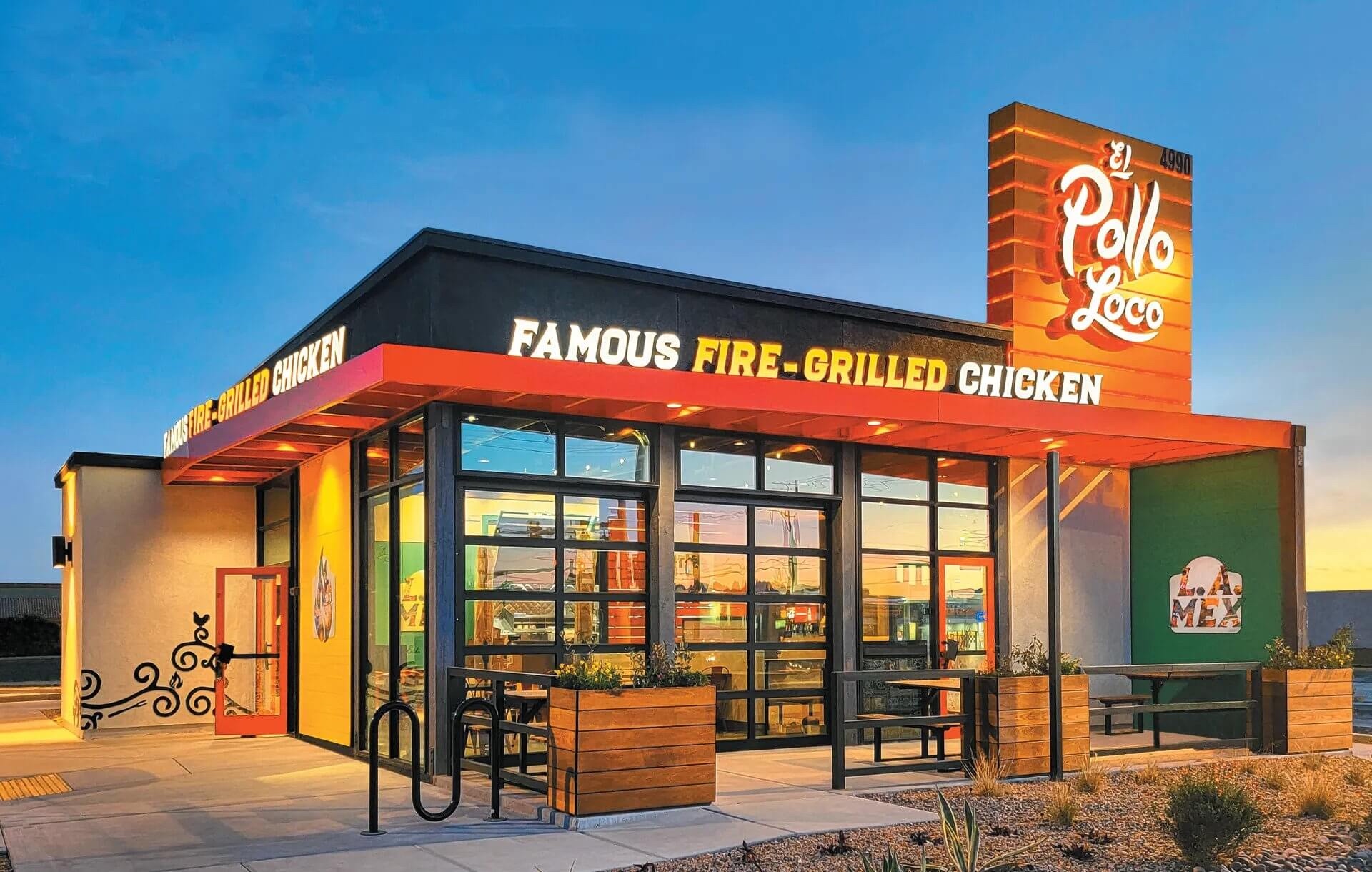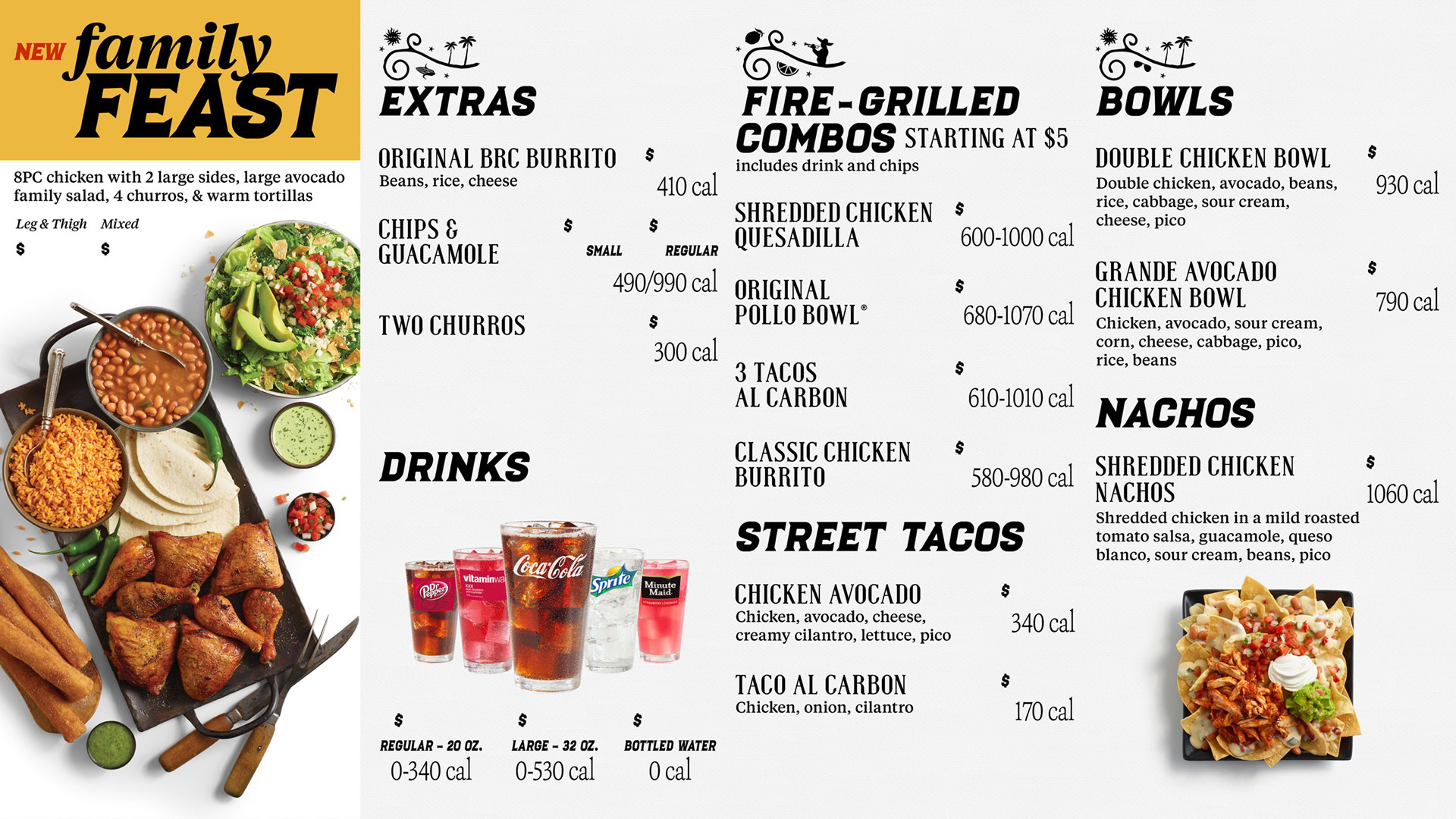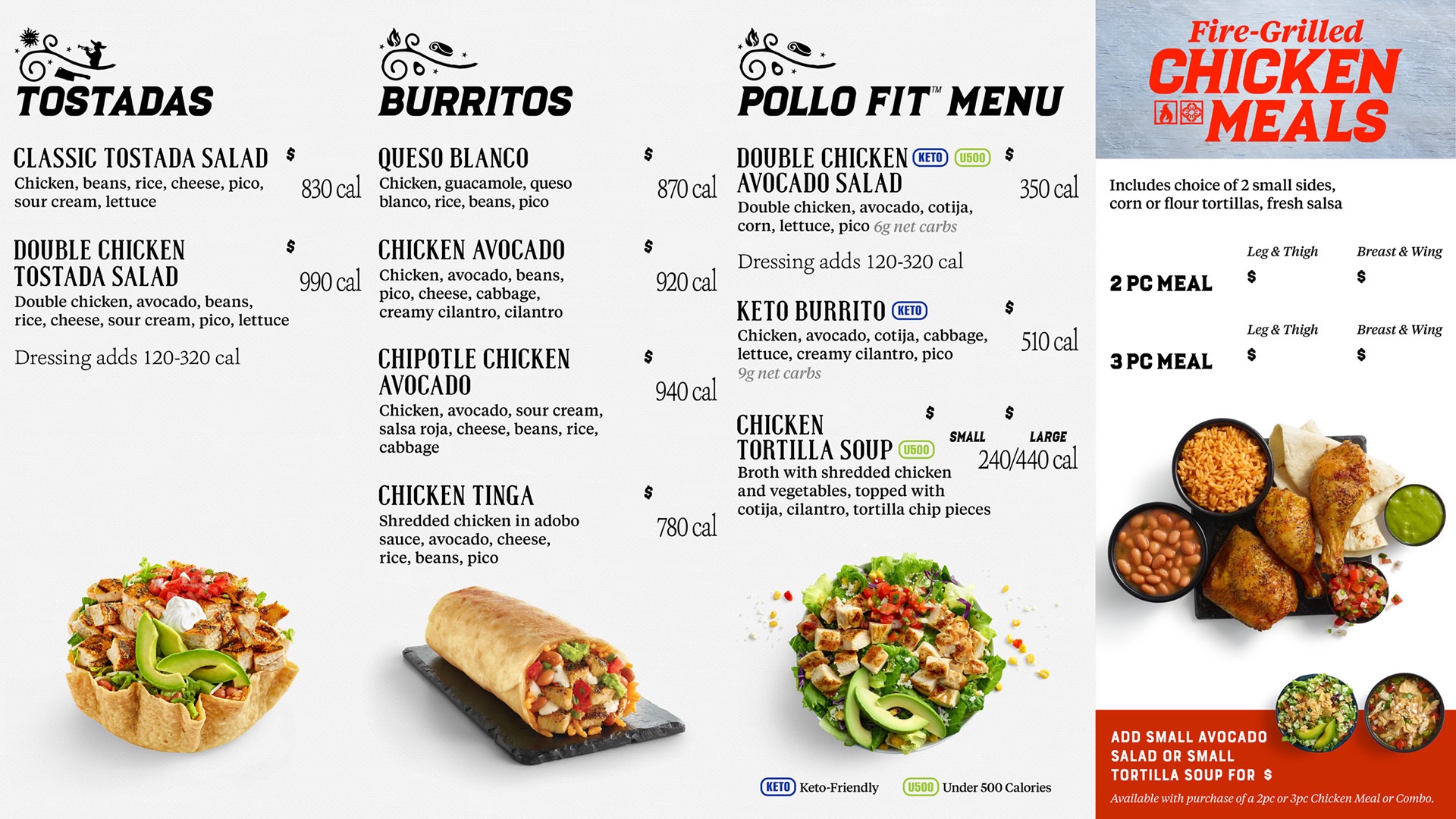Digital signage software pioneer Navori Labs has flexed its muscle in the QSR and fast casual community with a new enterprise-level deployment for El Pollo Loc. El Pollo Loco has successfully deployed Navori QL digital signage software to power digital menu board content inside 150 locations to date. The company can now efficiently update pricing and content on short notice while offering a more compelling visual experience as customers place orders.
The primarily southwestern U.S. chain, which was last year recognized by a CivicScience survey as the nation’s No. 1 quick-service Mexican restaurant for customer experience, was seeking a more reliable solution for dynamic content updating and visual display after mixed results with a homegrown infrastructure.
[Navori Labs QL, Aquaji, and StiX Dongles Solutions—What to Know]
“It worked well for initial testing at a few locations, but we hit some brick walls when it came to embedding dynamic content and videos, and the management effort of a self-built system grew more complex with each new location,” said Clark Matthews, vice president information technology, El Pollo Loco. “We looked at some open-source systems that reproduced visual content well, but had the same problems with dynamic content and software reliability. We then looked at commercial solutions, and the bottom line was that Navori addressed all these challenges while also understanding our business model. They align very well with our brand and the customer experience we aim to deliver.”

Navori’s QL Content Manager has efficiently centralized content management across all locations on the network. There was an immediate improvement in translating dynamic price changes straight out to the point of sale, as Matthews explained. He quickly configured a JSON interface that enabled the QL software to overlay local restaurant price points on digital menu boards.
“With QL, we just add the menu item number for the locations that we want the new price population to occur,” said Matthews. “We don’t need to touch anything inside the store environment. That includes new store promotions, which we call modules, that requires more complete changes of menu board designs. Navori’s functionality has made this very easy.”
[Digital Signage: The Future Is Bright]
QL software powers the content on three landscape displays (55, 60, and 65 inches wide) inside each restaurant; 100 of these locations have an additional portrait preview board that runs in-store promotions and ads. These boards show a mix of dynamic HTML5 content, static images, and what Matthews explains as partial static images with videos inside the content.
Matthews went with Navori QL StiX media player dongles for content playout. QL StiX players ensure exceptional video quality that aligns with the chain’s customer experience standards, but also removes any need for local management. It also streamlines the technical architecture inside stores, removing the need for standalone hardware players.
“We simply attach the dongles to the appropriate display input, and can remotely update content as needed,” said Matthews. “We don’t need to replace sticks or manage anything at the store, and should we upgrade our displays to 4K the QL StiX players can accommodate the higher resolution without any changes.”

Moving forward, Matthews expects to leverage QL’s content scheduling capabilities as they explore more dayparting opportunities, which he says will simplify how they promote certain meal options and deals at different periods of the business-day cycle. He is also bullish on QL’s seamless interoperability with third-party data sources, which opens endless opportunities to integrate with internal business systems and pull in digital signage content from external sources.
[AV Network's top stories, product news, and expert insights]
He sees QL’s automation and content triggering applications as particularly compelling. “Navori makes it possible to add digital triggers at entryways that will serve different content upon a customer’s entry into the restaurant, based on that customer’s characteristics if we choose to add these types of features,” said Matthews. “That adds a level of intelligence that, along with audience analytics, will be appealing to our marketing department. For example, the preview board could focus on the primary message we want every customer to see, with QL then triggering content more specific to each customer.
“We are still really exploring and discovering all the capabilities now in our hands,” he concluded. We’re just grateful to no longer be limited.”
